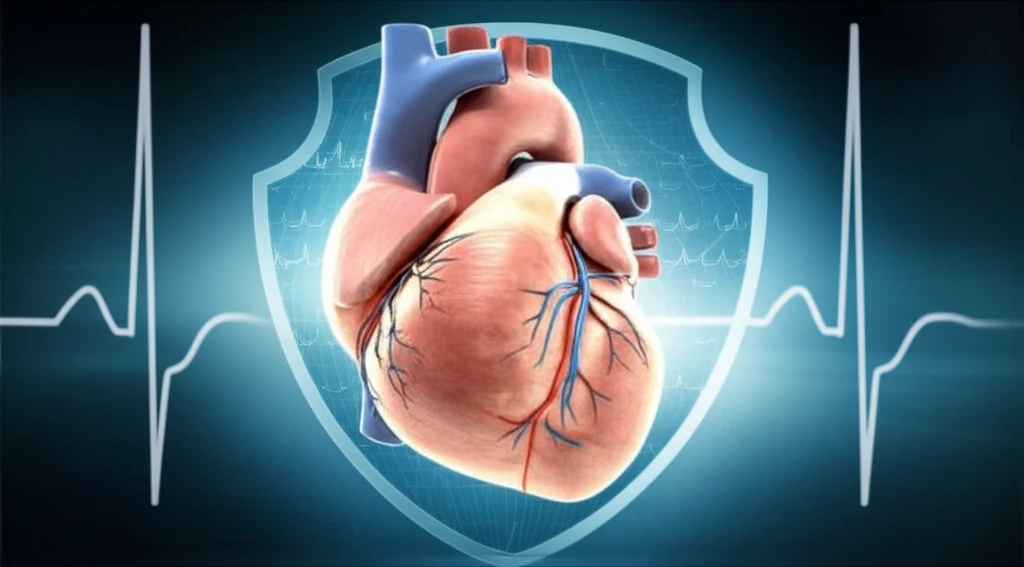
Safeguarding Young Hearts: Why Expanded Cardiac Screenings Matter
"Integrating 12-Lead Electrocardiograms into Pre-participation Sports Screenings Can Prevent Sudden Cardiac Death in High School Athletes"
Sudden cardiac arrest (SCA) is the leading cause of death in young athletes, despite existing pre-participation sports screenings (PPS). Communities are increasingly demanding more comprehensive heart screenings to prevent these tragedies. This article explores how incorporating 12-lead electrocardiograms (EKGs) into PPS can improve outcomes.
A retrospective study evaluated a community youth heart screening program, examining data from 840 participants aged 14 to 18 years. The findings highlight the potential to identify potentially lethal heart abnormalities that might otherwise go undetected.
While current guidelines rely on basic history and physical exams, research suggests these methods alone are insufficient. This article explores the benefits of more advanced screenings and provides insights for parents, coaches, and healthcare providers concerned about the cardiac health of young athletes.
The Stark Reality: Limitations of Current Screening Methods

Current pre-participation sports screenings (PPS) primarily rely on a 14-element checklist that includes personal and family medical history, and physical exams. However, studies reveal that these methods alone often fall short. In fact, there's no evidence suggesting that history and physical exams have actually decreased the incidence of sudden cardiac death (SCD) in young athletes. Approximately 30 million athletes aged 18 and under receive medical clearance each year under these guidelines.
- HCM (Hypertrophic Cardiomyopathy): A condition where the heart muscle becomes abnormally thick, making it harder for the heart to pump blood.
- Long QT Syndrome: A heart rhythm disorder that can cause fast, chaotic heartbeats, potentially leading to sudden fainting or death.
- Wolff-Parkinson-White Syndrome (WPW): An extra electrical pathway in the heart that can cause rapid heart rate and other rhythm disturbances.
Empowering Communities to Protect Young Hearts
The integration of EKGs and echocardiograms into pre-participation screenings can significantly improve the detection of potentially lethal cardiac conditions in young athletes. While challenges remain regarding cost and implementation, the potential to save lives warrants a serious re-evaluation of current practices.
Community-based screening programs offer a promising solution. Organizations like the Nick of Time Foundation and the Patrick Schoonover Heart Foundation provide affordable or free screenings, demonstrating the feasibility and impact of proactive heart health initiatives.
Ultimately, protecting young athletes requires a collaborative effort. By raising awareness, advocating for comprehensive screenings, and supporting community programs, we can work together to prevent sudden cardiac death and ensure the health and safety of our children.
